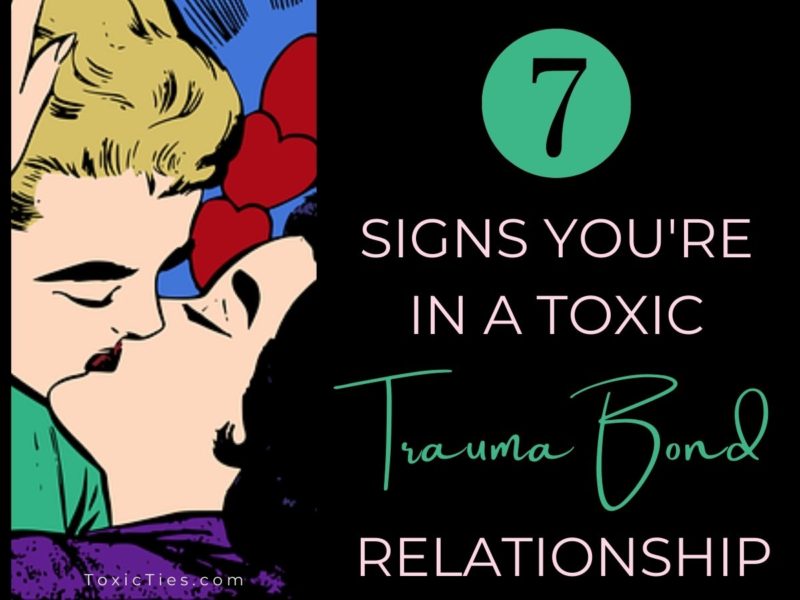


” Factors Contributing to Trauma Bondsįrom the research, we identified five factors that contribute to trauma bonding in abusive relationships : Power ImbalanceĪ power imbalance in a relationship can produce negative self-beliefs and low self-esteem in the subjugated individual. Here’s a quote: “By the time the woman realizes that the abuse is inescapable, the traumatically produced emotional bond is quite strong.

The repeated incidents of abuse shift the abused spouse’s beliefs towards thinking that it must in some way be their own fault for causing or allowing the abuse. They are usually really good at winning the abused spouse back, at convincing them it was an isolated incident, often even convincing them it was their fault for inciting the anger that was involved.Īnd this works. The first instance of abuse in a relationship is seen as an isolated incident and the abuser’s attempts to reconcile and make amends end up strengthening the relationship bond. Why Do Trauma Bonds Form?Ībusive relationships are formed though a kind of “social trap” where the trauma bond makes it hard for the abused partner to leave the relationship. Well, the research we look at today should help give some understanding as to why leaving is so difficult. Like addictions, trauma bonds can therefore be a lifelong struggle as the abused person continues to fall into the same cycle over and over.īystanders such as a sibling who sees you in an abusive marriage can look into your situation and wonder why you don’t leave. Just the idea of continuing to do something (being in the relationship) despite knowing the negative consequences, and sacrificing all other aspects of your life for the relationship, has close parallels with the behavior of drug or alcohol addicts. So this is a very difficult subject. And in fact, relationships with trauma bonds often look like addictions. However, if you’re in a different kind of situation maybe you experienced childhood sexual abuse, you will be able to better understand that from what you learn today. Given that the context of this website is marriage, we’re going to be talking about this in relation to abusive marriages. It’s sometimes referred to as Stockholm Syndrome after a famous bank robbery in Sweden in 1973, in which the hostages began to develop feelings of trust and affection for their captors. It is often characterized by a sense of being unable to live with the abuser and being unable to live without them. It occurs where the abused or mistreated individual feels positive regard for their abuser, feels like they need the abuser or continually returns to the abuser despite the harm they do.

These bonds are seen to develop in a range of situations including abusive marriages, and also in abusive families, in hostage situations and in cults. Trauma bonding is the formation of powerful emotional attachments in abusive relationships. The issue of trauma bonding is a fascinating subject but also very difficult for those who are implicated in this kind of situation. Today we’re going to be looking at what it is, how it develops, how it can impact marriages and finally what you can do about it. But if you are in an abusive relationship, or are supporting someone else who is in one, or if you experienced abuse as a young person then you will find this information to be a vital key in unlocking your recovery journey. This is not a very well known term: trauma bonding.


 0 kommentar(er)
0 kommentar(er)
